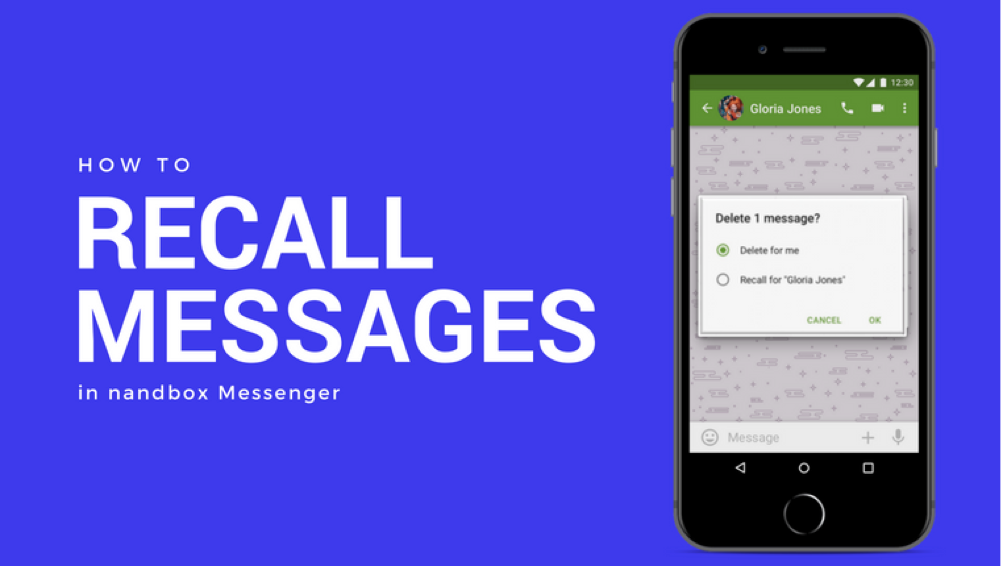Nowadays, no-code development is changing how businesses create mobile apps. It allows people to build applications without writing any code, making the process faster and more accessible. By the end of 2024, nearly two-thirds of all app development will use no-code platforms. This shift shows how much demand there is for quicker and easier solutions.
On the other hand, Microsoft Dynamics provides comprehensive tools for managing customer relationships and business operations. As companies look to improve their digital capabilities, combining Microsoft Dynamics with no-code platforms is becoming more popular. Demand for Microsoft Dynamics is expected to grow by 12.2% annually over the next decade. This highlights its growing importance in the business world.
This article will guide you through integrating Microsoft Dynamics with no-code mobile apps, offering practical steps and advice to make the process smooth and effective.
Why Integrate Microsoft Dynamics with No-Code Mobile Apps?
Integrating Microsoft Dynamics with a no-code mobile app builder brings many benefits. It combines the powerful features of Microsoft Dynamics with the flexibility of no-code development, offering businesses a practical solution. Here are some key reasons to consider this integration:
Better Business Capabilities
- Access CRM and ERP functions directly through mobile apps.
- Get real-time data and analytics on demand.
More Flexibility and Accessibility
- Employees can access vital information anytime, anywhere.
- Quick decision-making with mobile-friendly data.
Save Time and Money
- Less need for complex coding, which reduces development costs.
- Faster app deployment compared to traditional methods.
Easy to Scale
- Add new features as your business grows.
- Adapt quickly to changing market demands.
By the end of 2024, nearly 65% of all app development will rely on no-code or low-code platforms. This rapid shift shows that businesses are turning to these tools to meet their needs efficiently. Integrating MS Dynamics integration with a no-code mobile app builder can significantly boost business performance.
Prerequisites for Integration
Before integrating Microsoft Dynamics into a no-code app, a few key steps need to be taken. These preparations will help ensure the process goes smoothly.
| Prerequisite | Description |
| Choose the Right No-Code Platform | Pick a platform that supports complex integrations and has strong API capabilities. Make sure it’s compatible with Microsoft Dynamics and offers the connectors you need. |
| Set Up Microsoft Dynamics | Configure your Microsoft Dynamics instance correctly. Identify the data points and modules you want to connect, like Contacts, Leads, or Sales Orders. |
| Use the Necessary Tools and Connectors | Power Automate: Automates workflows between Microsoft Dynamics and other apps.
Zapier: Connects Microsoft Dynamics to various applications without coding. Custom APIs: For advanced needs, custom APIs offer more control over the integration. |
The global market for low-code platforms is expected to reach around $65 billion by 2027. This reflects the growing demand for flexible and user-friendly development solutions. Investing in effective Microsoft Dynamics integration tools now can help businesses take full advantage of this trend.
Step-by-Step Guide to Integration
Integrating Microsoft Dynamics into a no-code mobile app requires a well-structured approach. Here’s a simple guide to follow:
Set Clear Objectives.
Define your goals for the integration. Whether you’re syncing customer data or automating workflows, be clear about what you want to achieve. This will help keep the process focused and organized.
Prepare Microsoft Dynamics
Check that your Microsoft Dynamics setup is ready. Identify the key data points and workflows that need to be linked to your app, like Contacts or Sales Orders.
Choose the Right No-Code Platform
Select a no-code platform that works well with Microsoft Dynamics. Ensure it supports the required APIs and connectors to make the integration smooth and efficient.
Leverage Integration Services or Tools
For simple integrations, built-in connectors may suffice. However, more complex needs often require specialized assistance. Use Microsoft Dynamics integration services for more complex setups. Alternatively, tools like Power Automate or Zapier can help automate workflows and sync data between your app and Microsoft Dynamics.
Test the Integration
Run tests to make sure everything works as expected. Check that the data syncs correctly and that the workflows perform as intended. Fix any issues early to avoid bigger problems later.
Monitor and Maintain
After everything is up and running, continue to monitor the system. Make adjustments as needed, especially when business requirements change, to keep the integration effective.
Following these steps will help you integrate Microsoft Dynamics with a no-code platform smoothly and keep your system running efficiently.
Use Cases and Examples
Integrating Microsoft Dynamics with no-code mobile apps offers a range of practical applications across industries. Here are a few examples:
- Sales and Customer Management App. Sales teams can use a mobile app to access customer data, track interactions, and manage leads. By integrating Microsoft Dynamics, they can handle CRM functions on the go. This improves response times and enhances customer engagement.
- Inventory and Order Management App. Businesses can manage inventory, process orders, and track shipments through a mobile app. With Microsoft Dynamics integration, real-time updates on stock levels and order statuses help maintain efficient operations and keep inventory under control.
- Field Service App. Field technicians can access work orders, service histories, and customer details through a mobile app. The integration with Microsoft Dynamics allows them to update job statuses, process requests, and stay connected with the office in real time.
These examples show how MS Dynamics integration can boost efficiency and flexibility for businesses in various sectors.
Best Practices for a Successful Integration
When integrating Microsoft Dynamics with a no-code mobile app, following these tips can simplify the process:
- Maintain Data Accuracy. Ensure that data in both systems is clean and consistent before starting the integration. This prevents syncing errors and keeps everything running smoothly.
- Simplify Workflows. Keep workflows simple. Focus on core features at the beginning and expand gradually. Overcomplicating things early on can slow down your operations.
- Prioritize Security. Make sure the APIs and connectors you use have solid security measures in place. Protecting sensitive business data should be a top priority throughout the integration.
- Get Expert Help. Complex integrations often benefit from expert advice. Reach out to MS Dynamics experts who can guide you through difficult challenges or advanced setups. Their knowledge can help you avoid common pitfalls and ensure your integration is both efficient and scalable.
- Plan for Future Growth. Build your integration with scaleability in mind. As your business expands, your app’s requirements will grow too. Planning ahead will save time and effort later.
By applying these best practices, your integration will be smoother, more secure, and better prepared for the future.
Common Challenges and How to Overcome Them
Integrating Microsoft Dynamics with a no-code platform can bring some challenges. Here are the most common ones and how to solve them:
- Data Mapping Errors. Data mapping errors can cause inconsistencies between systems. To prevent this, check that the fields in both systems match before synchronizing. Test everything carefully to catch any problems early.
- API Limitations. Some no-code platforms have limits on API calls. To avoid issues, verify the platform’s capabilities in advance. Plan your integration to reduce the number of API requests.
- Complex Workflows. Complex workflows can slow things down or cause errors. Start with simpler workflows and add complexity gradually. An experienced MS Dynamics developer can help manage these complexities and set up the system smoothly. Their guidance will help ensure the integration runs efficiently and meets your business requirements.
- Security Concerns. Data security is a significant issue. Use secure connectors and encryption to protect your data during transfer.
By addressing these challenges early, you can create a reliable and efficient integration process.
Conclusion
Integrating Microsoft Dynamics into a no-code mobile app can simplify business operations by connecting data, automating processes, and increasing efficiency. Choose the right platform, set clear goals, and address any challenges early. This will make the integration smoother and more effective.
It’s also helpful to bring in experienced developers when dealing with complex setups. Their guidance can prevent mistakes and keep things running smoothly. By following best practices, businesses can get the most out of Microsoft Dynamics, making their systems more flexible and ready for future changes.
Ultimately, this integration opens up opportunities for businesses to stay agile while keeping operations efficient. Taking the time to implement it well will pay off in the long run, making daily tasks easier and more manageable.





